Is Sunflower a Herb or a Shrub: What You Need to Know
Sunflowers are known for their tall, sturdy stems and large, bright yellow or orange flower heads. They are native to North and Central America but have been widely cultivated worldwide for their ornamental and agricultural value. Sunflowers are also known for their edible seeds, which can be roasted and eaten as a snack or used in cooking and baking.
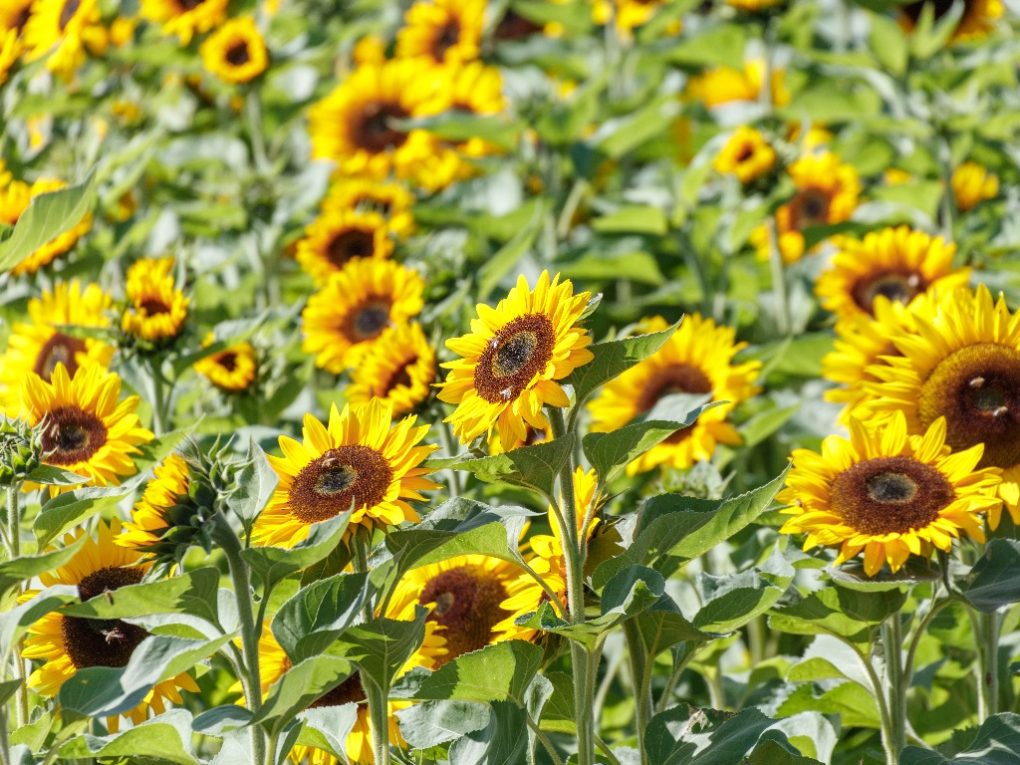
Sunflowers are typically grown as annuals, although some perennial species exist. They require full sun and well-drained soil to thrive and can grow up to 10 feet tall or more, depending on the variety. According to the University of Missouri, sunflowers are versatile plants with many uses and benefits.
One interesting aspect of sunflowers is that they are heliotropic, meaning that their flower heads will track the sun’s movement across the sky, following it from east to west throughout the day. This trait is thought to help maximize the amount of sunlight the plant can capture, which is important for photosynthesis and growth.
Table of Contents
Determining if Sunflower is a Herb or Shrub
Sunflowers are typically classified as herbaceous plants rather than shrubs. Herbaceous plants lack woody stems and typically die back to the ground at the end of the growing season, while shrubs are woody plants with multiple stems or trunks that persist year-round.
Sunflowers have a single, sturdy stem that can grow quite tall, up to 10 feet or more in some cases, and may produce multiple flower heads. However, this stem is not woody and will typically wither and die back after the growing season. Additionally, sunflowers are typically grown annually, meaning they complete their life cycle in a single growing season and do not persist from year to year.
Comparison of Sunflower Characteristics to Herb and Shrub Characteristics
| Sunflowers | Herbs | Shrubs | |
| Characteristics | Herbaceous plants, lacking woody stems | Can be herbaceous or woody, depending on the species | Woody plants, typically with multiple stems or trunks |
| Height | Single, sturdy stem that may grow quite tall | Variable in size and growth habit, ranging from small groundcovers to large shrubs | Variable in size and growth habit, ranging from small shrubs to large trees |
| Flower | Large, showy flower heads that are typically yellow or orange in color | Often have small, delicate flowers that may be showy or not | May have showy or inconspicuous flowers, depending on the species |
| Bloom | Annuals, completing their life cycle in a single growing season | Can be annuals, biennials, or perennials, depending on the species | Can be deciduous (losing leaves in the winter) or evergreen (retaining leaves year-round), depending on the species |
| Light and Soil Requirement | Require full sun and well-drained soil to thrive | Require a range of growing conditions depending on the species, but most prefer well-drained soil and full sun to partial shade | Require a range of growing conditions depending on the species, but most prefer well-drained soil and full sun to partial shade |
| Uses | Not typically used for culinary or medicinal purposes | Often used for culinary, medicinal, or aromatic purposes | Often used for ornamental purposes, such as in landscaping or as specimen plants |
Sunflower Versatility
Edible Seeds
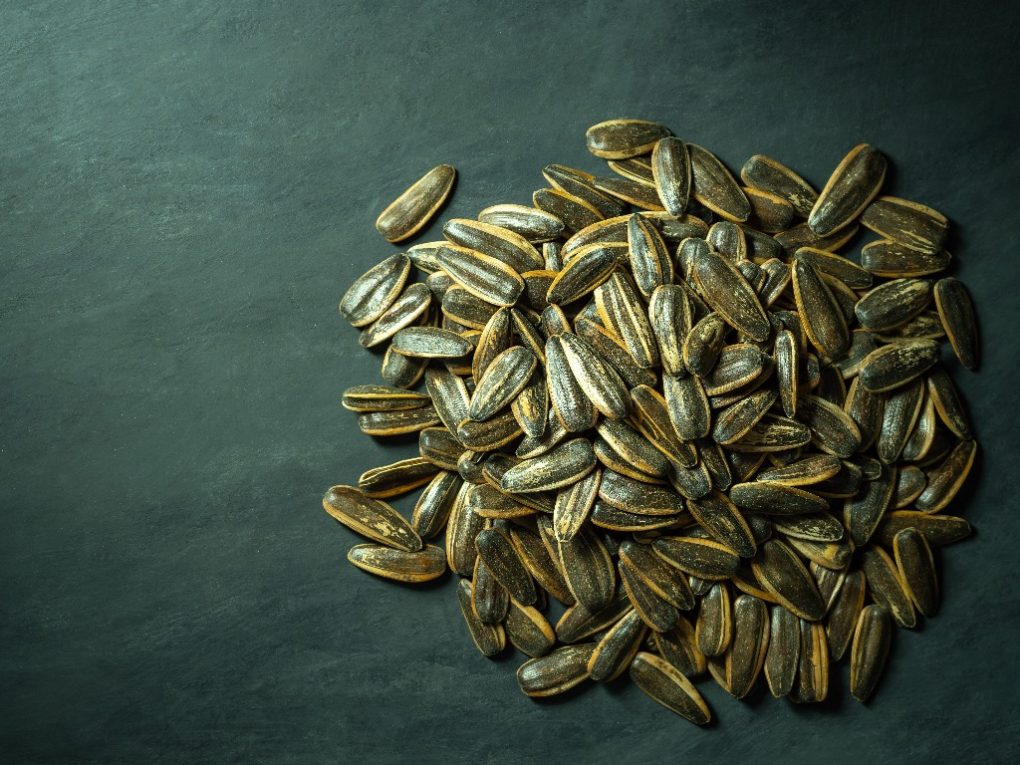
Sunflower seeds are a popular and nutritious food that can be enjoyed in many ways. Here are some of the ways sunflower seeds can be eaten:
- Roasted: Roasting sunflower seeds brings out their nutty flavor and makes them crunchy. Roasted sunflower seeds can be eaten as a snack or used as a topping for salads, soups, and other dishes.
- Raw: Raw sunflower seeds can be eaten as a snack. I’ve usually brought raw sunflowers for a long drive for quick snacks. However, it can also be added to trail mix and granola.
- Sprouted: Sunflower seeds can be sprouted by soaking them in water for several hours and then rinsing them every few hours until they sprout. Sprouted sunflower seeds are crunchy and nutritious and can be added to salads, sandwiches, and other dishes.
- Ground: Sunflower seeds can be ground into flour used in baking or as a gluten-free alternative to regular flour.
- Butter: Sunflower seed butter is a tasty and healthy alternative to peanut butter. It can be used as a spread on bread or crackers or added to smoothies and other recipes.
Cooking Oil
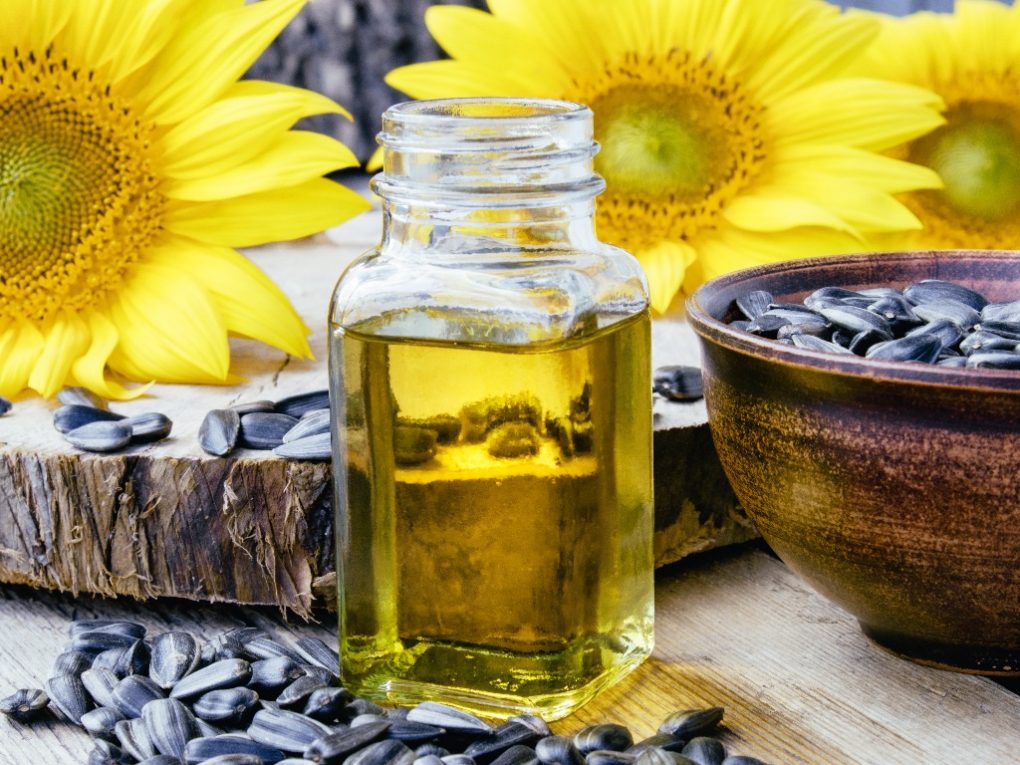
Sunflower oil is a popular cooking oil extracted from the sunflower plant’s seeds. It has a mild flavor and a high smoke point, which makes it suitable for high-temperature cooking methods like frying and sautéing.
Sunflower oil is a good source of healthy fats, including monounsaturated and polyunsaturated fats, and is low in saturated fat. It is also a good source of vitamin E, an antioxidant that helps protect cells from damage.
Sunflower oil is used in many different types of cuisine worldwide, including Indian, Middle Eastern, and American cuisine, and is commonly used for frying, baking, and salad dressing.
One of the benefits of sunflower oil is that it is relatively affordable compared to other cooking oils, making it a popular choice for home cooks and food manufacturers alike. It is also a versatile oil that can be used in many recipes.
Ornamental Value
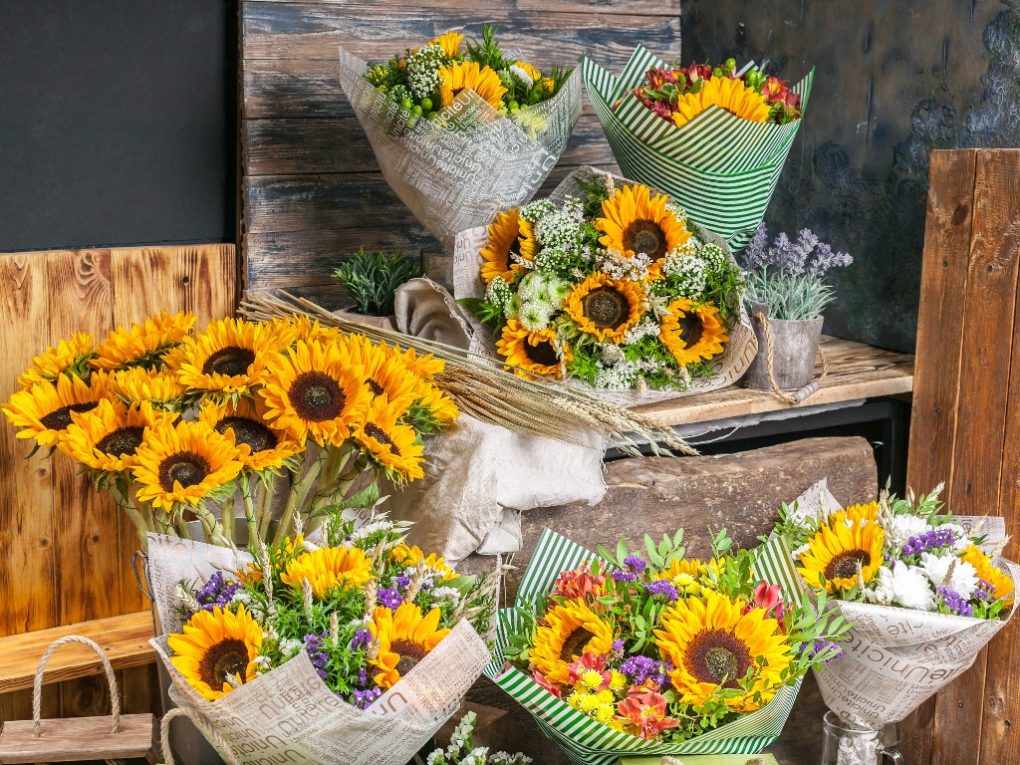
Sunflowers have high ornamental value and are popularly grown in gardens for their bright and cheerful blooms. They come in various colors, including yellow, orange, red, and brown, and can grow quite tall, ranging from 1 to 10 feet in height.
Sunflowers are easy to grow and maintain, making them popular for gardeners of all skill levels. They require full sun and well-draining soil and can be grown from seed in the spring or early summer.
Sunflowers are commonly used as cut flowers in floral arrangements due to their striking appearance and long vase life. They are also popular for adding height and color to garden beds and borders and can create a focal point or backdrop for other flowering plants.
Pollinator Habitat
Sunflowers are an excellent choice for creating pollinator habitats as they attract many bees, butterflies, and other beneficial insects. The bright yellow flowers are particularly attractive to bees, which are important pollinators for many crops and plants.
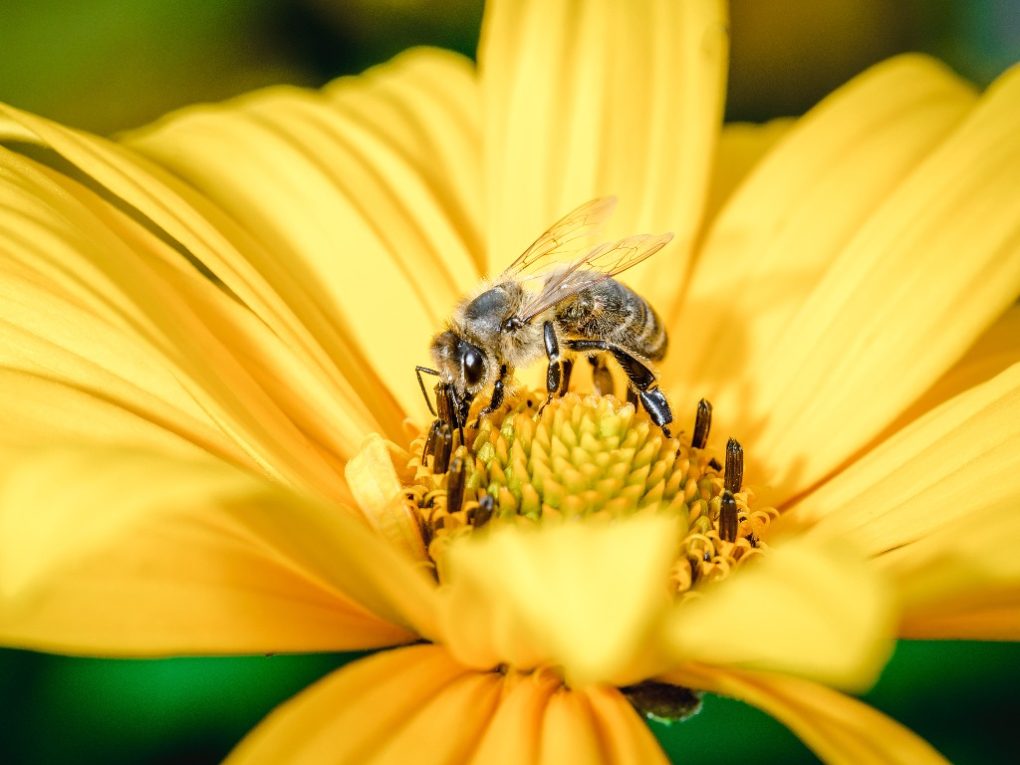
Sunflowers provide pollinators pollen and nectar, which helps support their populations and contribute to healthy ecosystems. For example, planting sunflowers in groups or rows can create a larger habitat area and provide pollinators with a more abundant food source.
In addition to attracting pollinators, sunflowers can shelter beneficial insects and other small animals. For example, the large leaves and tall stems can provide hiding places and nesting sites for insects like ladybugs and lacewings, which are natural predators of garden pests like aphids.
Biomass Production
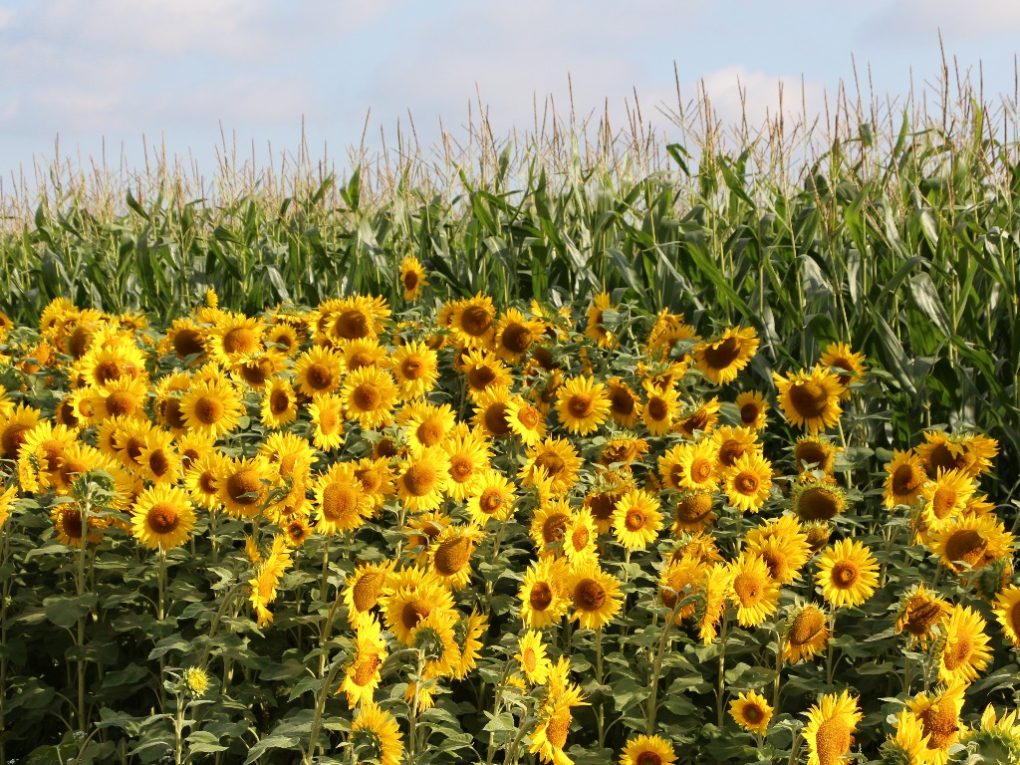
Sunflowers are known for producing high amounts of biomass, which refers to the amount of plant material produced in a given area over a given period. The biomass of sunflowers consists of leaves, stems, and flowers and can be used for various purposes.
One of the main uses of sunflower biomass is as a source of renewable energy. The stalks and leaves of the plant can be harvested and used to produce biofuels like ethanol and biodiesel. In addition, sunflower seeds can be processed to produce vegetable oil and be used as a biofuel.
Sunflowers can also be used as a source of animal feed. The leaves and stalks of the plant are high in protein and fiber, making them a nutritious feed source for livestock like cows and sheep.
Soil Improvement
Sunflowers are known for their ability to improve soil health and fertility through a process called phytoremediation. Phytoremediation uses plants to remove or detoxify pollutants from the soil or water.
Sunflowers are particularly effective at phytoremediation because they have deep roots that can penetrate the soil and absorb nutrients and minerals deep within the ground. This process can help break up compacted soil and improve soil structure, leading to better water infiltration and increased nutrient availability.
In addition, sunflowers are known for absorbing heavy metals and other toxins from the soil. This can be particularly useful in contaminated or polluted areas, where sunflowers can help remediate the soil and improve its quality.
